The General Idea
I want a vacuum pump. Mainly so that I can aluminize my own mirrors. Yes I know you can send them off to a company and get it done for pretty cheap. But I want to do it myself, in my garage, and this being Hackaday I trust that you are ok with that too. Plus, it occurred to me that hackers (or at least hackerspaces) having access to the high vacuum environment could open up some interesting new possibilities. So, my little experiment might actually be useful to other, smarter people than me doing really cool stuff. Here's some things that require a decent high vacuum to do (from this site, a great intro to vacuum technology and challenges):
Electron tubes, vacuum tubes, electron microscopes, hard X-ray tubes, thin film evaporation, particle accelerators, radiometers, light bulbs, thermos bottles, certain lasers, other cool stuff...
Why This Is Hard
Briefly, air doesn't behave properly at really low vacuum, so normal "displacement" style pumps don't work, and you need other exotic pumps to continue moving air. It goes from normal to "Knudsen" flow, then "molecular" flow at moderately low vacuum. The two most common types of pumps for this flow regime are oil diffusion and turbomolecular, though there are others. Oil diffusion pumps are only semi-cheap, very messy, and have a habit of catching on fire if too much air is accidentally vented into them. Turbomolecular pumps are awesome on the other hand. They are very fast, clean, and expensive (several $thousands). They are similar in construction to mini jet-engines (i.e., not something I can build in my garage). Also, they cannot exhaust to (or function in) atmospheric pressure, and thus require a small backing pump ($100 or so I think).
The Stretch Goals (this is where you can all laugh at me)
An inexpensive vacuum pump for the hobbyist / hacker community
- Easy to construct with minimal tools and readily available materials (As in Lowe's and Amazon for consistent prices)
- Safe and robust - able to experience sudden loss of vacuum or power and not self destruct
- Ultra simple fitting to vacuum chamber with minimal extra parts/seals/vents
- Capable of :
- Pulling a vacuum to 1.33x10^-5 Pa (10^-7 Torr)
- 7.6x10^9 total compression ratio (with minimal stages)
- Operating in and backing itself to atmospheric pressure
Those familiar with vacuum technology will realize that these goals are ludicrous. I agree wholeheartedly. I also believe that good design strives to stretch the imagination and push the bounds of what is possible, so I think having something ludicrous to shoot for is actually a good thing. If I build this thing and it works, everyone wins. If I totally fail and it never works, I will still have learned something about fluid dynamics, mechanical engineering, and materials science, so I still win. If I document my failure well and you guys can read about what I've learned, then everyone wins! Point is, don't be writing in the comments saying this is impossible. I already know it is (most likely) impossible. I want to find out how close I can get.
Math-less Design Overview
My design concept is based on the "Bladeless Turbine" invented in 1909 by Nicola Tesla. Patent is here. For those unfamiliar, briefly, Tesla's design utilizes the boundary layer effect to move air, rather than blades, and so enjoys fairly simple construction. It consists of several closely spaced smooth discs with a hole in the center for the intake, spinning at high speed. Viscous fluids (liquid or gas) stick to the discs and are propelled towards the edge by centrifugal force, and from there are exhausted. To my knowledge (after much searching on the Google), it appears that no one except Tesla himself has attempted to use this style of pump for high vacuum applications. Intuitively (and experimentally) the pumps are more efficient and effective with high viscosity fluids. For air, viscosity and pressure are inversely related, thus the pump should become more effective as the pressure decreases.
My stretch goals...
Read more »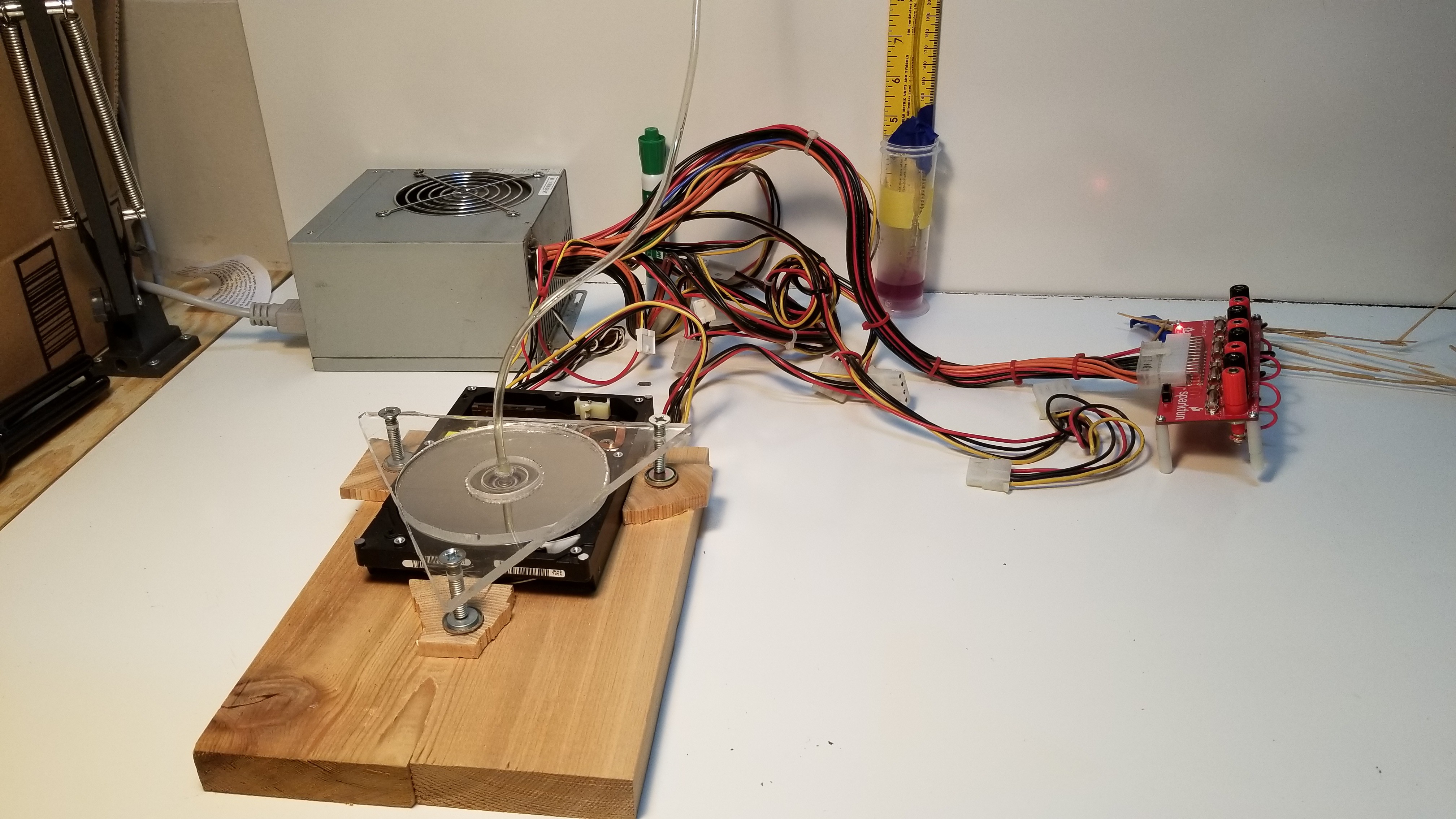
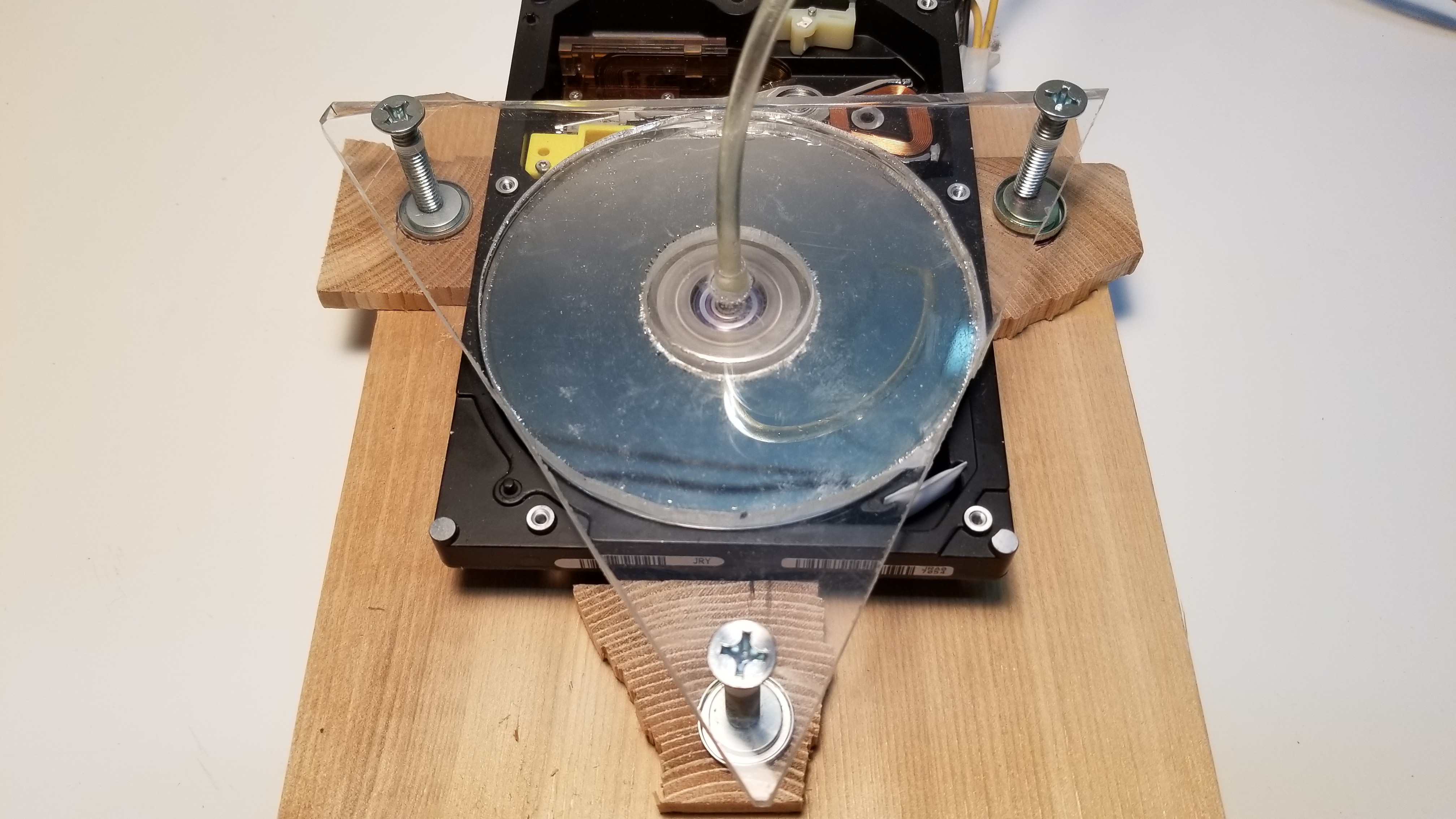
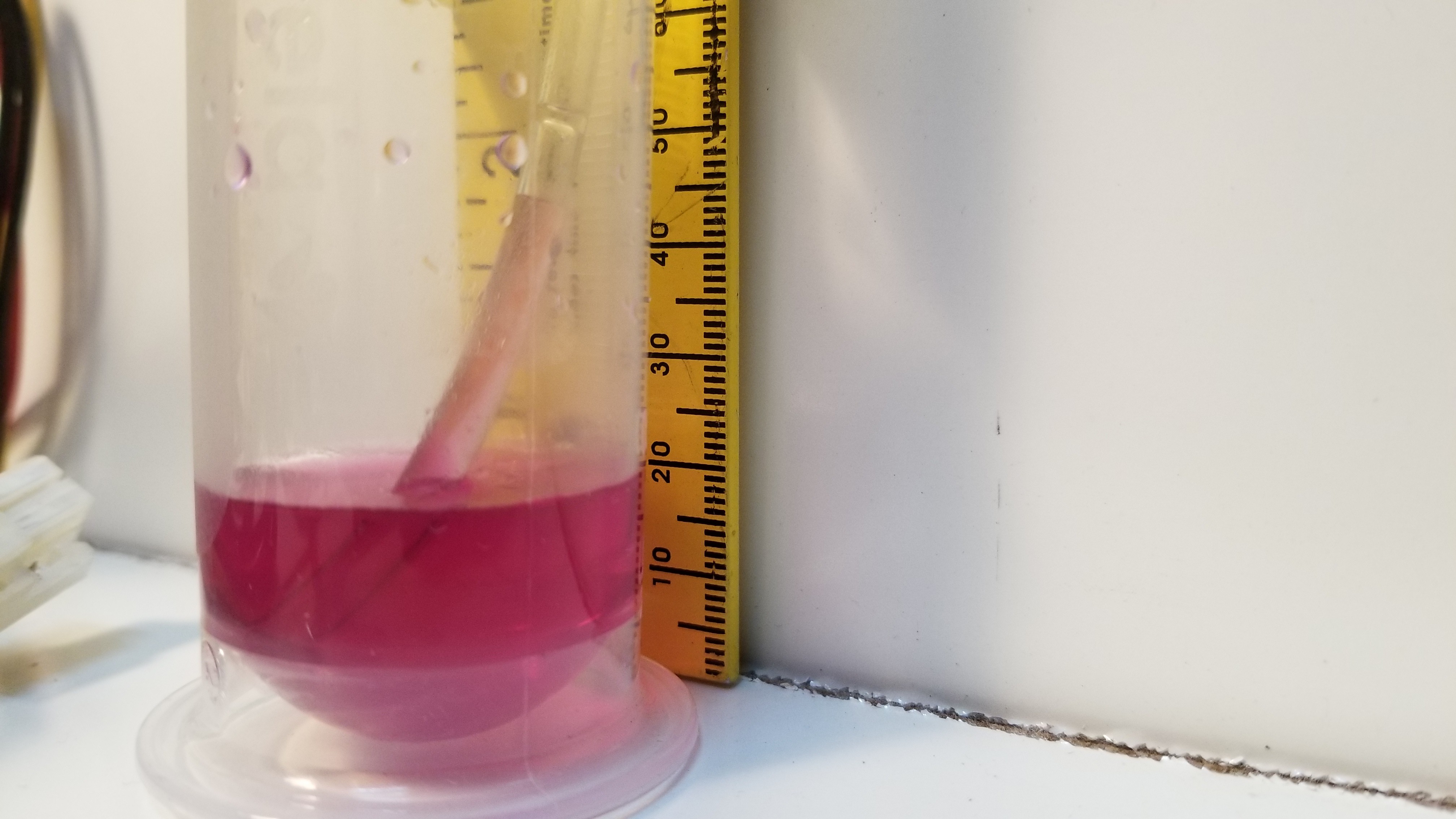
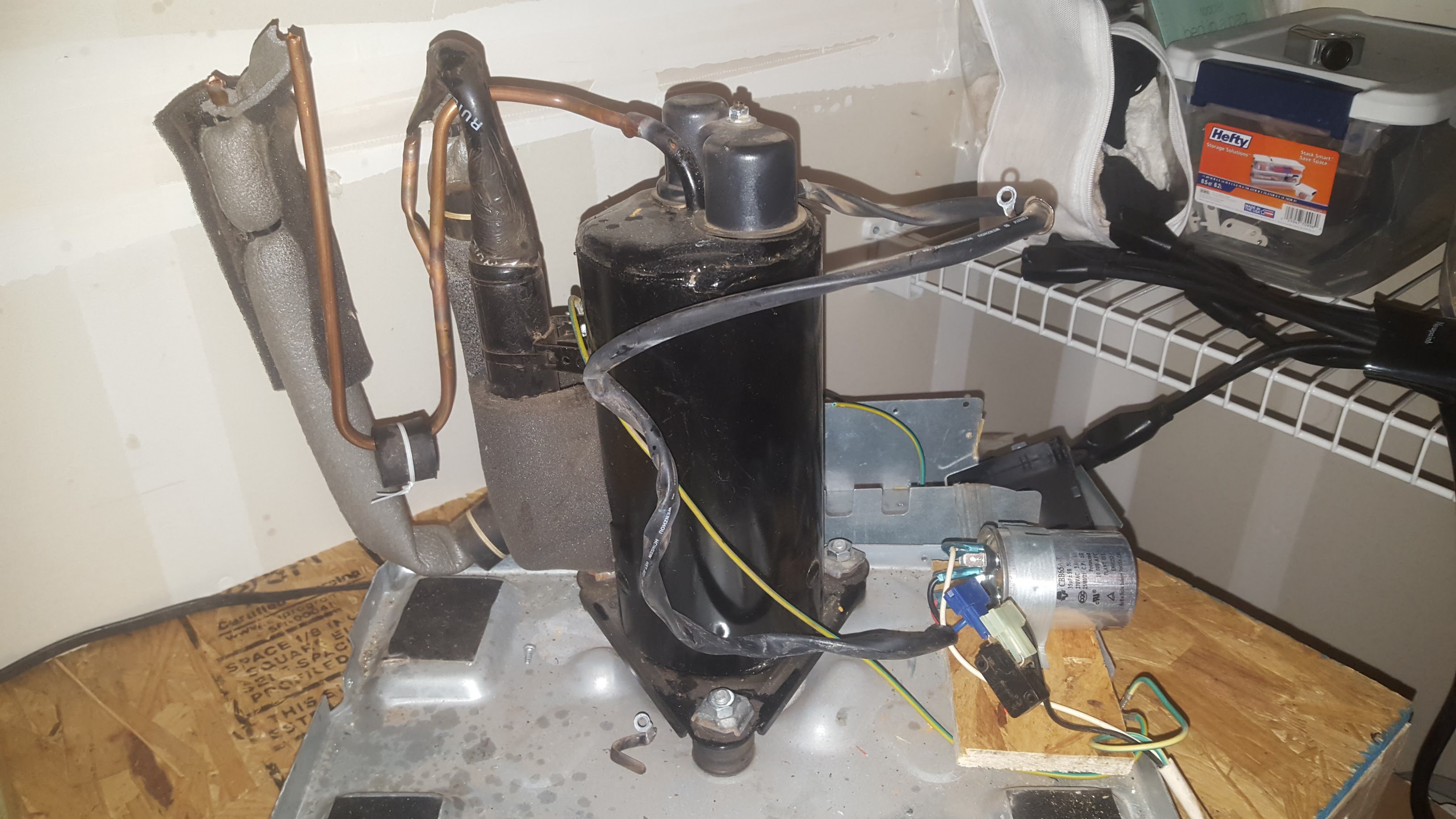
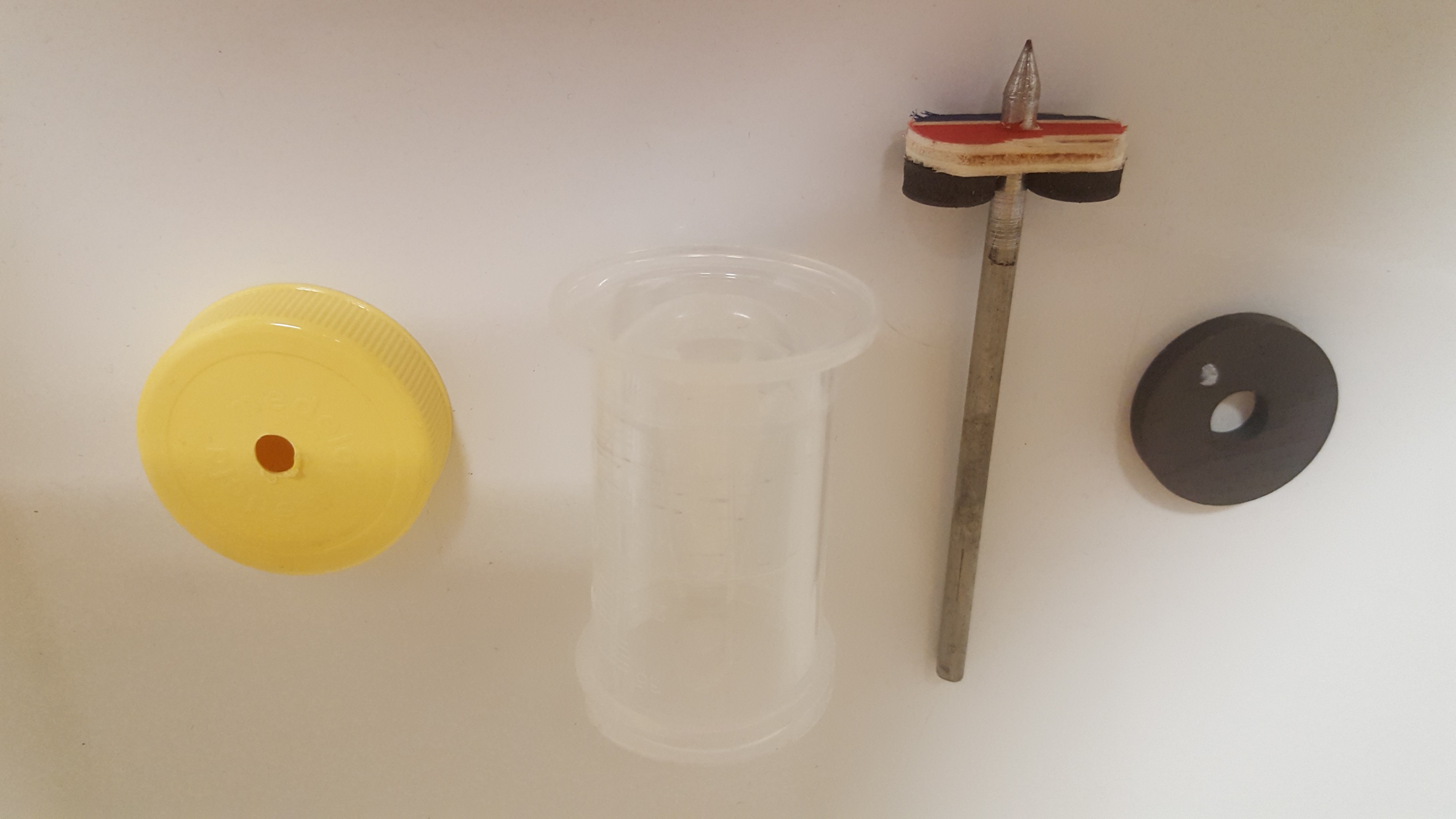
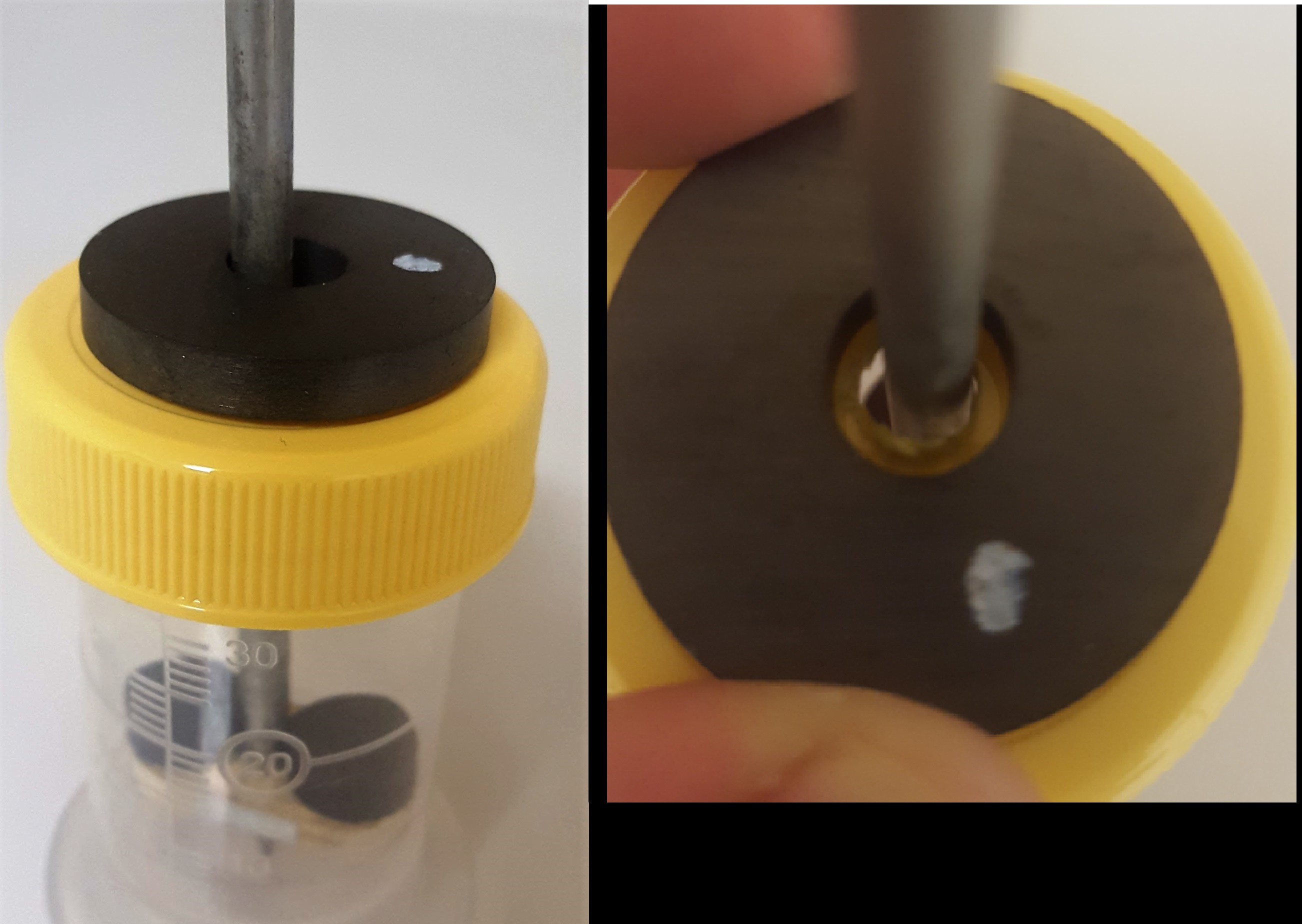
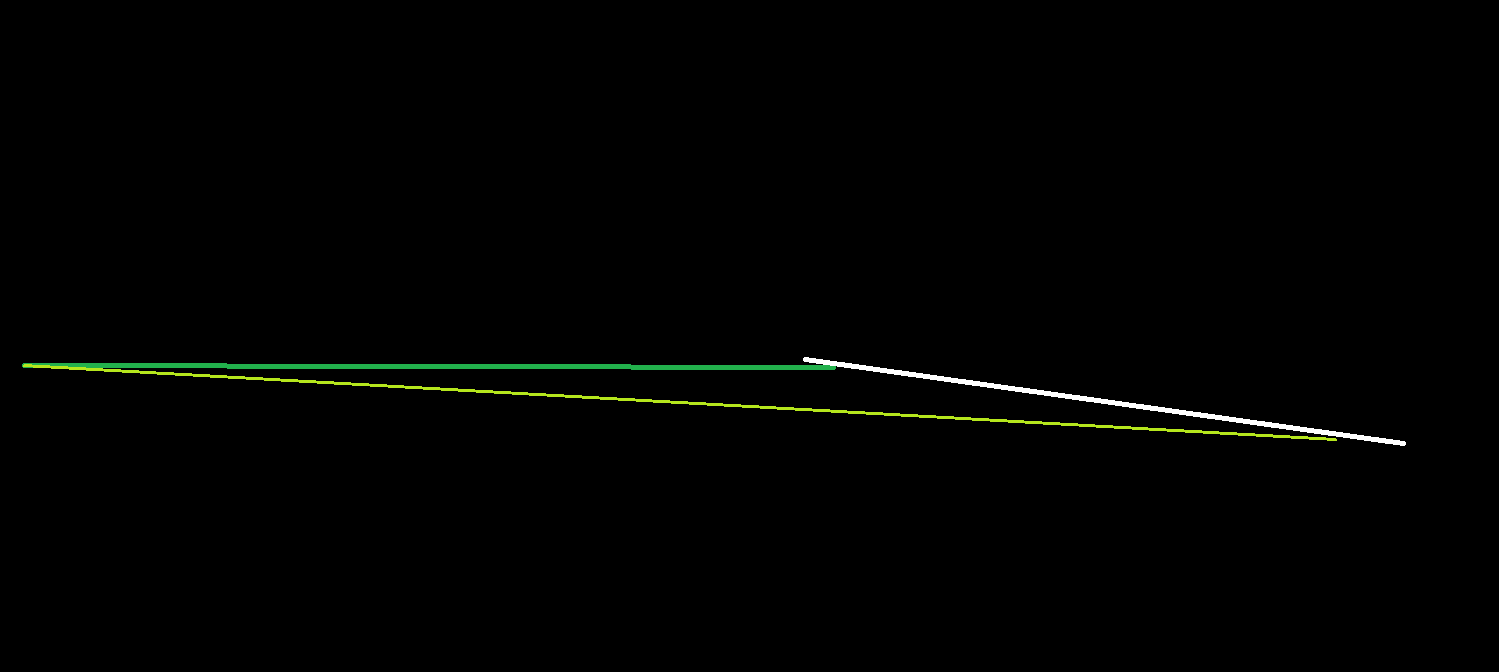
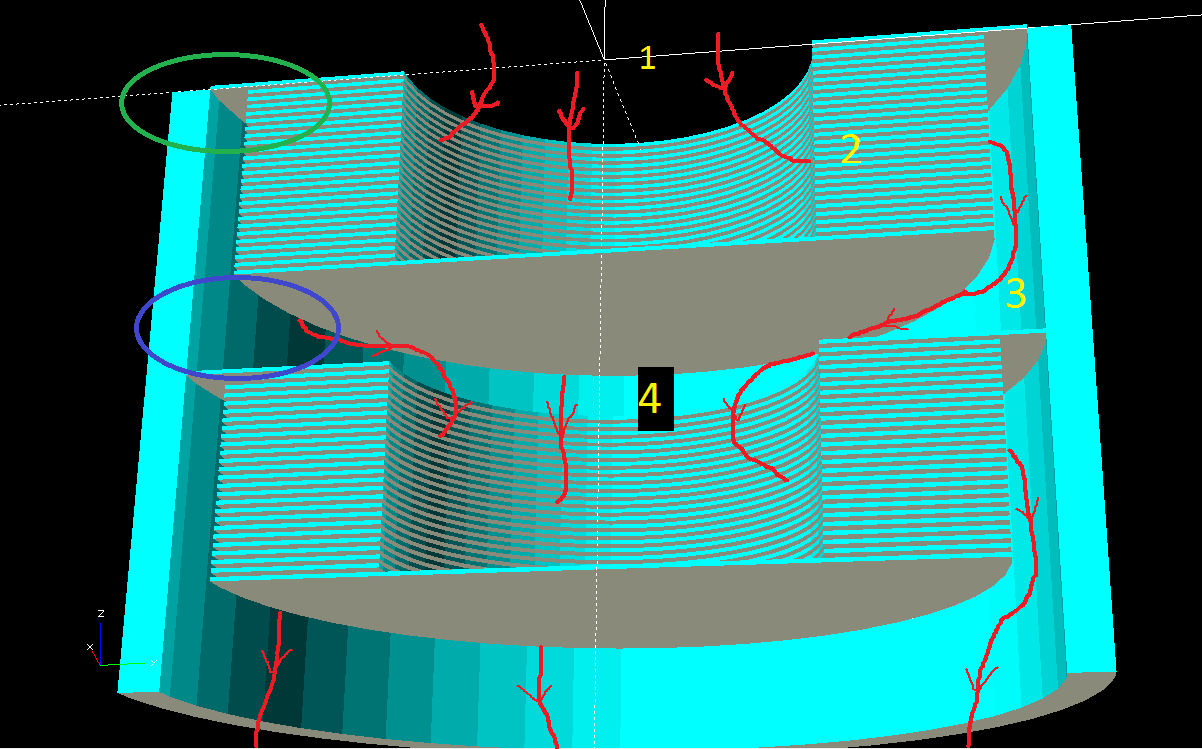
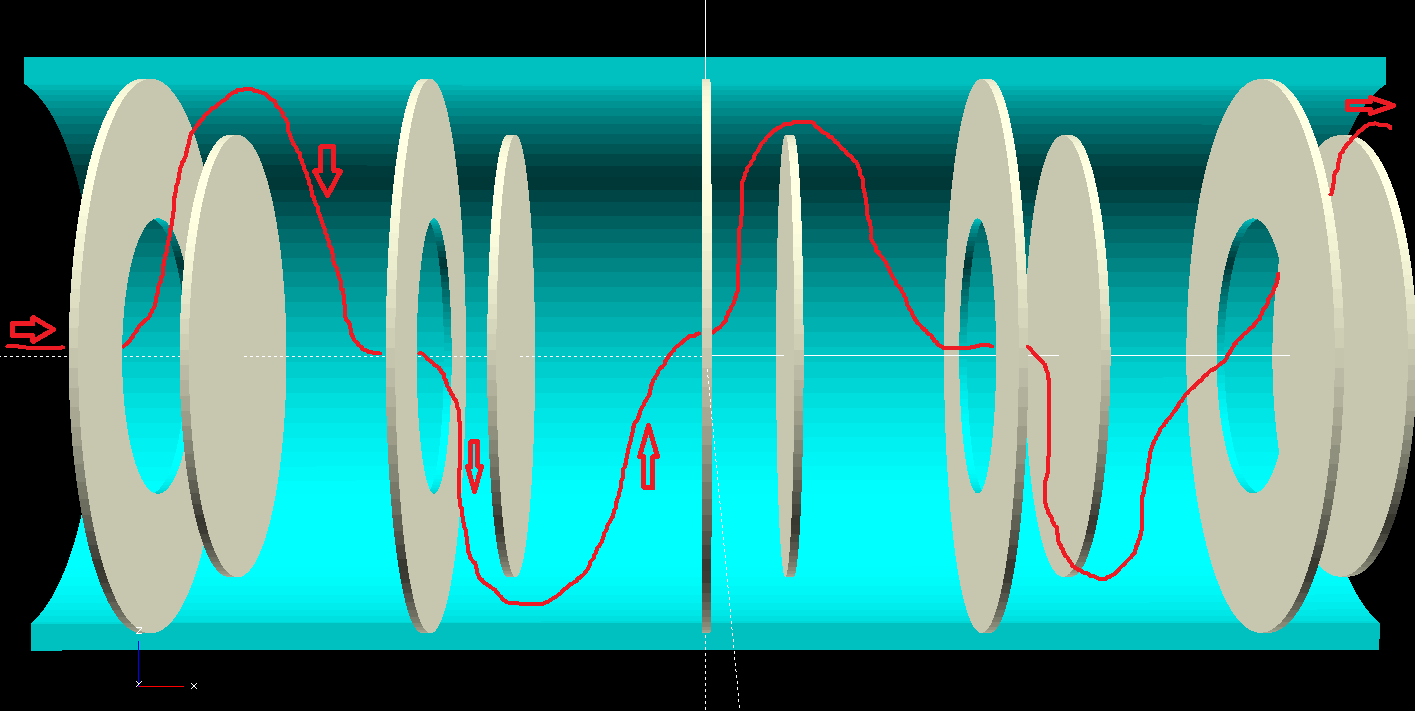





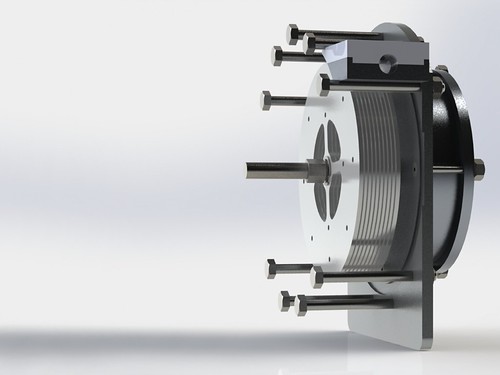





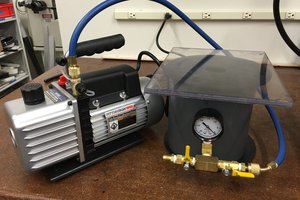
 jupdyke
jupdyke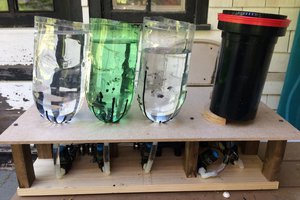
 Jorj Bauer
Jorj Bauer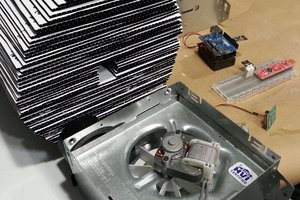
 Bryan Williams
Bryan Williams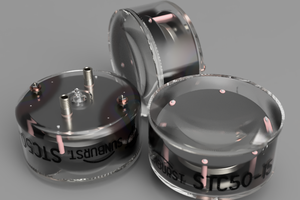
 Nick Poole
Nick Poole
Since this project seems to be dead, anyone interested in high vacuum pumps on a diy budget check out https://diyvacuumtubes.com/steampunk-diffusion-pump-t14.html. There are at least 2 other designs on the forum as well. This one is a cocktail shaker and some funnels.